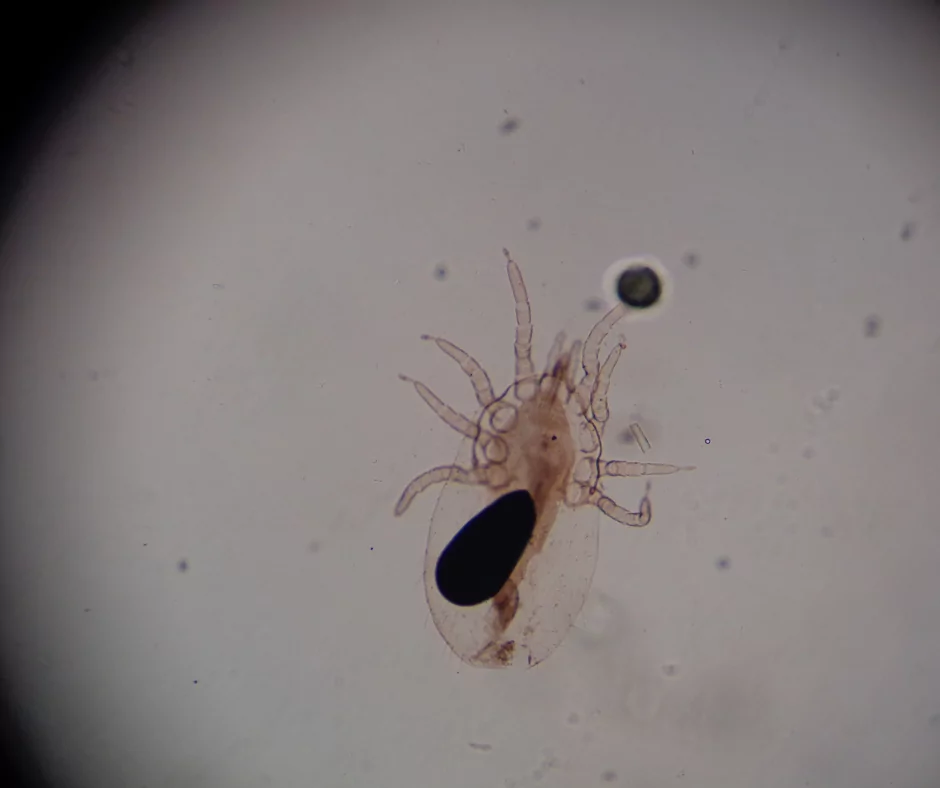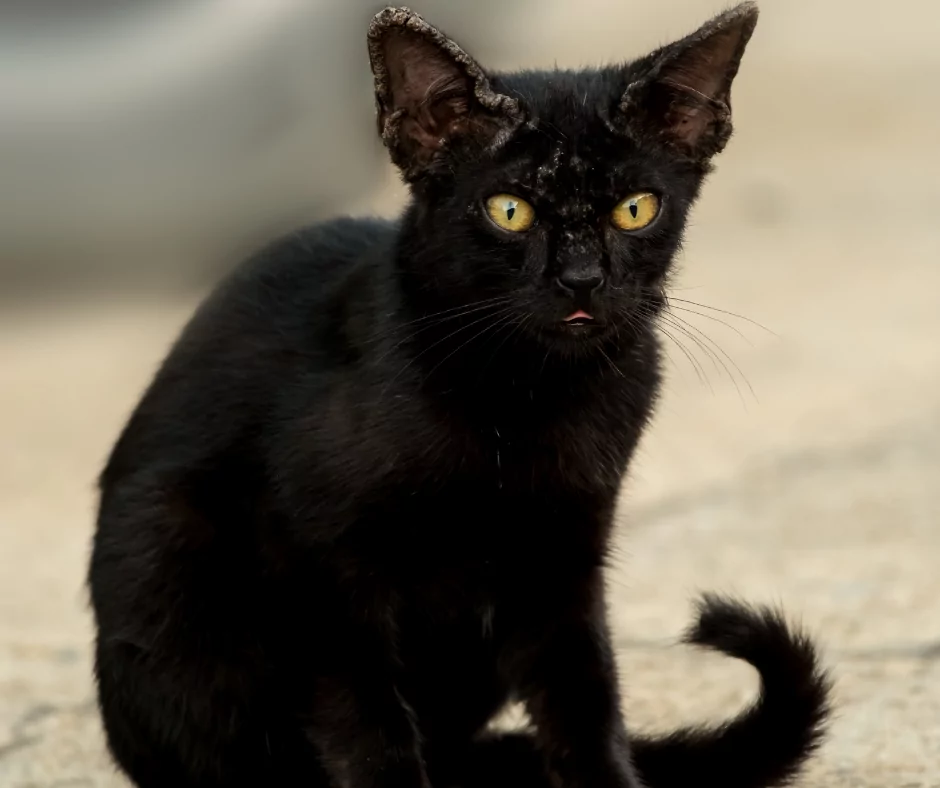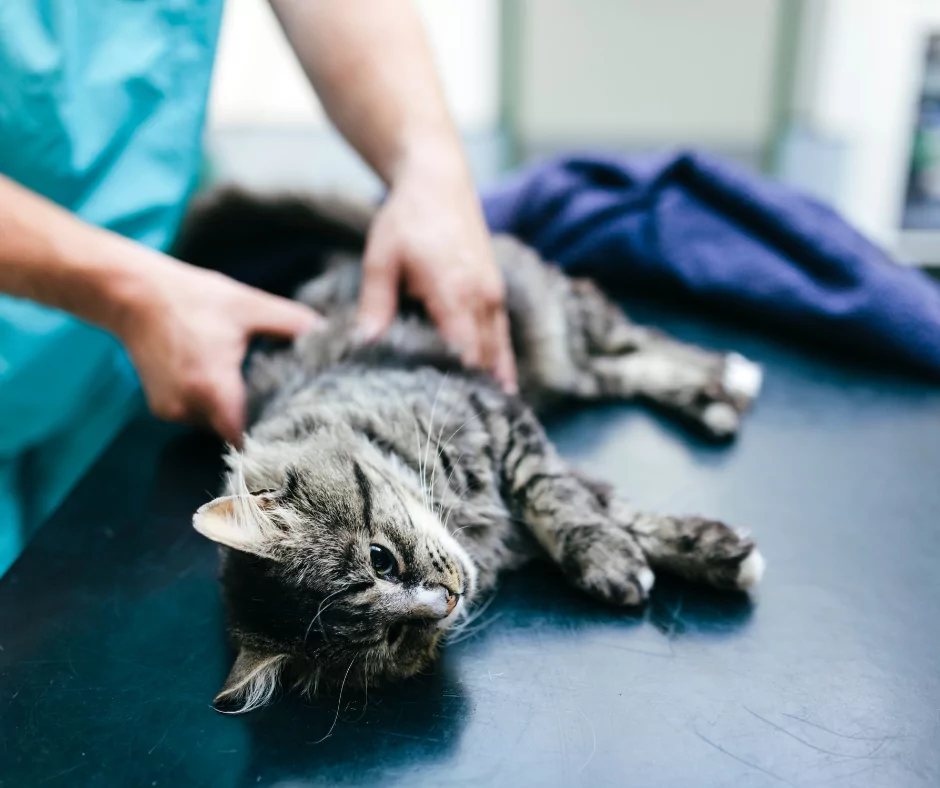Mange in cats is a skin condition caused by a few different species of skin mites. It’s also called scabies in cats and it’s far less frequent than its counterpart in dogs. Some of the mites causing the condition are normal residents of the cat’s skin and hair follicles, while others are parasites. When the population of mites starts proliferating they can cause skin infection with various symptoms.
The Different Types of Mange in Cats
Sarcoptic mange caused by Sarcoptes scabei (actual scabies) is quite uncommon in cats. These parasites microscopically appear light in color and oval in shape. Notoedres cati is a parasite causing scabies in cats with similar symptoms to sarcoptic mange in dogs.
The skin infection due to the parasite usually develops on the face and ears, afterward spreading throughout the whole body. It’s transmitted through contact and it’s highly contagious in cats.

The Demodectic mange in cats is caused by Demodex gatoi. It’s not very common and it’s not considered to be contagious. These mites are normal residents of a cat’s skin and can potentially cause a skin infection when their popularity overgrows due to the cat’s compromised immune system.

Symptoms of Mange
Usually, the initial symptoms appear a few days to one week after exposure. Cats become restless and intensively itch. Patchy hair loss, reddened skin, and unhealthy appearance of the skin are the result of the infection. The most commonly affected areas are the ears and the face, but other parts of the body cannot be excluded.
Limited infections can appear on human skin when they get in direct contact with cats with mange. These infections are in the form of rash and red bumps which disappear spontaneously. Although all cats can develop mange, those with compromised immune systems or some underlying disease are more prone than others. Indoor cats that have no contact with other cats have fewer chances of getting mange compared to outdoor cats.
Clinical examination and diagnosis
If you suspect your cat might have mange, then you should take it to a veterinarian. The doctor will perform a thorough physical examination and microscopic evaluation of skin-scrapings to try and identify the causative agent of the disease.
As the parasites are usually buried deep in the skin, evaluating skin tissue with a microscope won’t always help identify the mange mites. In these cases, the veterinarian may rely on the pet’s history and clinical signs in order to make a final diagnosis and choose an appropriate treatment protocol.
In order instances, the vet might decide to take scrapings of the mites to perform an accurate diagnosis. Further laboratory or tape tests might also be necessary to provide an accurate diagnosis.
Some mites render a salt-and-pepper appearance on the fur of your four-legged feline. The amount of itching involved will differ from cat to cat.

Prognosis and Treatment of Mange in Cats
The prognosis for cats with mange is very good. The first thing you must do is isolate your cat in order to prevent transmission of the disease onto other animals or people. Depending on the severity of the condition your vet will prescribe antiparasitic medication to kill the mites.
The medications can be in the form of shampoos, dips, soluble solutions, or injections such as Ivermectin in some cases. When there are secondary bacterial infections or intensified itching, the vet may also prescribe antibacterial and anti-inflammatory shampoo, along with oral antibiotics.
Once the appropriate treatment starts, the mites will die quickly enough, but the skin will need a month or so to get back to its usual self.
If you found this article insightful, why not read out article on mange in dogs.
